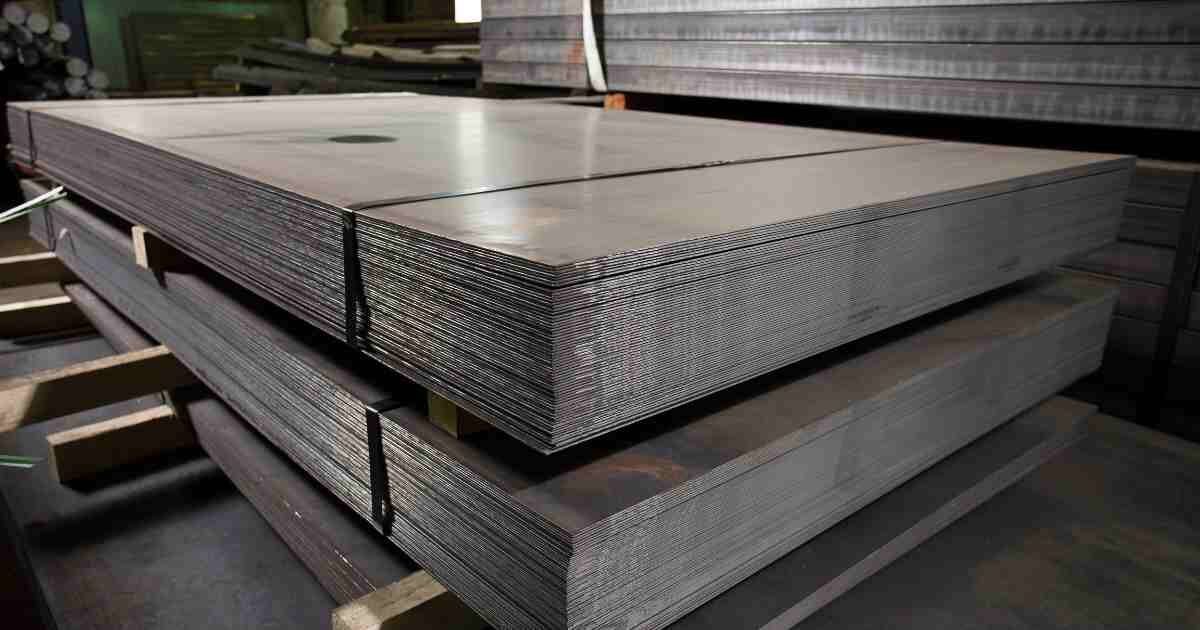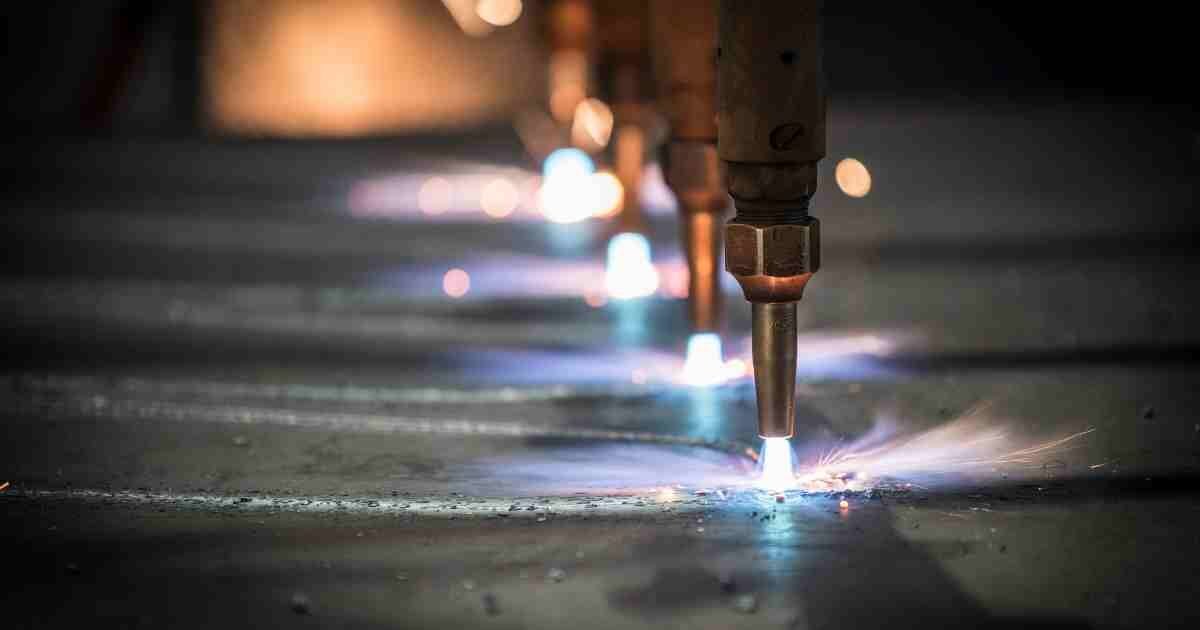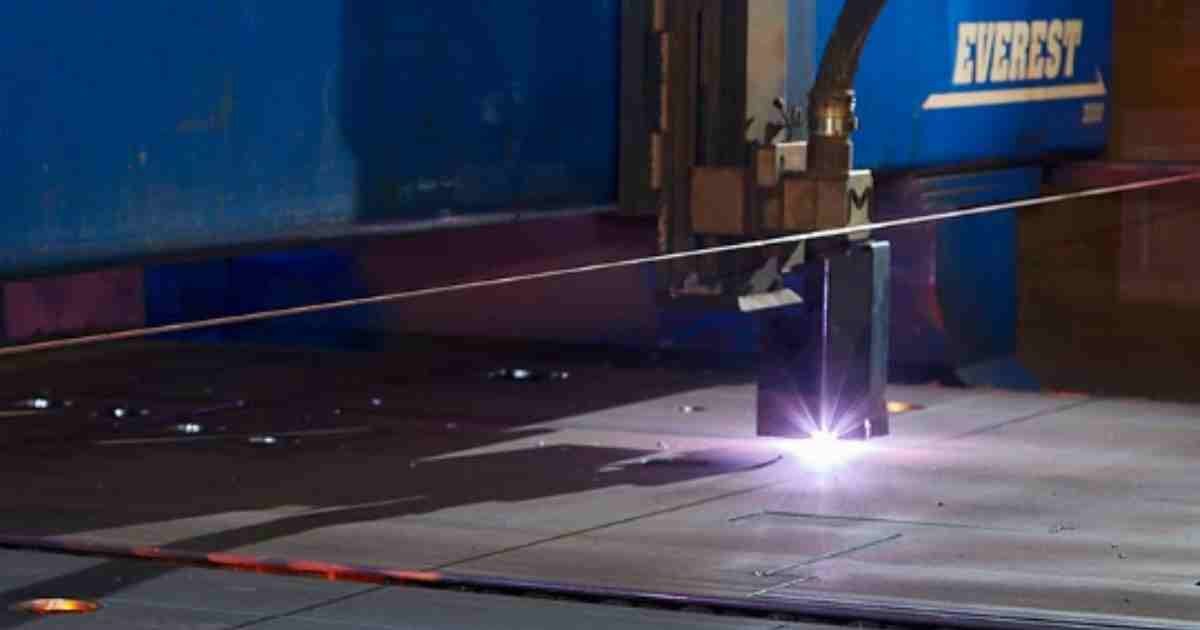
We collect basic website visitor information on this website and store it in cookies. We also utilize Google Analytics to track page view information to assist us in improving our website.
If you’re passionate about metal cutting or just keen to learn more, you’ve landed in the right place.
For over 38 years, Amber Steel has been at the forefront of metal cutting services, specializing in laser cutting, flame cutting, and plasma cutting. Our expertise has carved a niche in this cutting-edge industry, delivering precision and excellence across industrial projects big and small.
In our blog, we’ll share a mix of useful tips, innovative applications, our thoughts on sustainability in steel cutting, and more. Expect stories from the cutting floor, insights into how our processes can streamline projects across industries, and a few lessons we’ve learned along the way.
While we keep some of our trade secrets under wraps, this blog is designed to offer valuable nuggets of wisdom that you simply won't find anywhere else. Whether you’re a professional in the industry or someone fascinated by the possibilities of metal cutting, you'll find something of value here.
So, stick with us as we delve into the finer points of metal work. We’re glad to share our insights and lead discussions that matter to our industry.
How precision metal cutting propels the aerospace industry, from constructing lighter frames to enhancing aerodynamics.
The role of advanced metal cutting in automotive manufacturing, driving innovations in vehicle design and efficiency.
All about the robust and versatile process of flame cutting, ideal for tackling thicker metals with precision and ease.
Discover the art of crafting metal furniture, where cutting techniques meet design to create both functional and aesthetic pieces.
A behind-the-scenes look at the mechanics of metal cutting technologies and the science that makes them tick.
Laser cutting is where extreme precision meets efficiency, allowing for intricate designs and clean finishes.
The critical role of precise steel cutting in developing reliable and intricate medical devices.
How steel cutting supports the oil and gas industry with components that withstand extreme environments and pressures.
Known for its speed and versatility, plasma cutting slices through conductive metals with hot plasma.
Safety first! Tips and insights on maintaining a safe environment while handling powerful metal cutting equipment.
The backbone of construction, where steel fabrication and cutting technologies create frameworks that shape skylines.
Sustainability
A look at sustainability in metal cutting, focusing on practices that reduce waste and conserve energy to protect our planet.

Steel is the backbone of modern industry, serving vital roles in making cars, buildings, aircraft, and medical equipment. Like many materials, steel comes in different types—from basic mild steel to stainless steel and tough alloys—each bringing its own challenges when cutting and shaping.
Your choice of cutting method greatly affects how efficiently you work, the quality you achieve, and your overall costs. While mild steel cuts easily with most tools, stronger steel alloys need special equipment and careful handling. For shops aiming to make clean, accurate cuts while keeping their tools sharp and reducing waste, understanding these differences becomes essential.
This guide explores how different types of steel affect cutting processes. You'll learn about their unique properties and which cutting methods work best for each type. These insights will help you improve your operations, control costs, and deliver better results for any project you tackle.
Mild steel, also called low-carbon steel, remains a key material in metal shops because of its versatility, reasonable cost, and easy processing. It contains between 0.05% and 0.25% carbon, making it softer and more flexible than other steel types. These features make it ideal for projects needing straightforward cuts and faster production, such as building beams, car parts, and general manufacturing work.
While mild steel works well in most shops, it brings certain challenges. Its softer nature can create rough edges during cutting when tools aren't sharp or properly adjusted. The material also scratches more easily during handling and loading. These issues mean shops must maintain their cutting tools carefully and use good material handling systems.
Mild steel works effectively with several cutting approaches:
Laser Cutting: Delivers precision and clean edges, working well for detailed designs. Discover the versatility of laser cutting in metal fabrication and its role in achieving precise results.
Plasma Cutting: Provides faster cutting speeds for thicker sections, though edges may need some finishing.
Flame Cutting: Offers a cost-effective way to cut thick sheets, especially in construction and heavy equipment work.

Consider an automotive shop cutting mild steel for body panels. Using laser cutting, they achieve clean, detailed results with minimal finishing work needed afterward. For thicker components like chassis frames, plasma cutting offers efficient processing while maintaining quality.
By selecting appropriate cutting methods and keeping equipment in good condition, shops can maximize mild steel's advantages while reducing waste and improving their production speed.
Stainless steel stands out for its resistance to rust, high strength, and clean look, making it essential in food processing, medical equipment, and building design. Its special properties come from adding chromium (at least 10.5%), which creates a protective layer on the surface. While these features make it valuable, they also make cutting more challenging due to the metal's hardness and resistance to heat.
Stainless steel proves harder to cut than mild steel because it's tougher and gets harder as you work with it. During cutting, heat and friction can quickly wear down tools and cause the metal to warp or discolor, especially in thin sheets. To prevent these problems, operators need to maintain steady cutting speeds to avoid wearing out tools or creating uneven edges.
Because of its tough nature, stainless steel needs specific cutting approaches:
Laser Cutting: Works best for stainless steel, offering precise cuts with minimal heat damage. This method excels when cutting thin sheets for decorative panels or medical tools. Explore why laser cutting is a top choice in metal fabrication.
Plasma Cutting: Good for thick stainless plates, though edges might need extra finishing work. Check out the differences between plasma cutting and flame cutting for heavy stainless steel components.

Medical equipment makers use laser cutting to shape surgical tools from stainless steel. This method delivers the exact precision needed for patient safety while creating smooth edges that need little cleanup afterward.
Shops working with stainless steel must keep their tools sharp and use advanced cooling methods to control heat and tool wear. Getting these factors right helps ensure quality results while protecting the metal's strength and appearance.
High-strength alloys, including tool steel, titanium alloys, and high-strength low-alloy (HSLA) steel, serve critical roles where durability and performance matter most. These metals are essential in aircraft, vehicles, and construction projects, where their strength ensures safety and long-term reliability. However, their advanced properties make them significantly more challenging to cut than standard metals.
The same qualities that make these alloys valuable—their hardness, toughness, and heat resistance—create significant cutting difficulties. They put extreme stress on cutting tools, leading to faster wear. Their resistance to heat can cause tools to overheat, affecting both accuracy and tool life. Like stainless steel, these metals also become harder during cutting, adding another layer of complexity.
Working with high-strength alloys requires specialized equipment and techniques:
Laser Cutting: Works well for thinner materials, offering precise cuts with minimal waste. Operators must control laser power carefully to prevent heat damage. Read more about the advantages of laser cutting over traditional methods.
Plasma Cutting: Handles thicker pieces effectively but requires frequent parts replacement due to material toughness.
Advanced Machining: Relies on carbide or diamond-tipped tools with computer control for precise shaping.
Automotive plants use computer-controlled laser machines with diamond tools to produce gear components from tool steel.
Success with these tough alloys depends on careful control of cutting speed, tool selection, and cooling methods. Proper planning and regular equipment maintenance ensure efficient and accurate processing.
Picking the best cutting method for different types of steel means balancing precision, speed, and cost. Each type of steel—from mild steel to stainless steel and high-strength alloys—needs specific approaches based on its properties. Consider these key factors when making your choice:
Different steels need different cutting methods based on their makeup:
Mild Steel: Works well with most cutting methods like plasma or oxy-fuel because it's softer and contains less carbon.
Stainless Steel: Needs laser or waterjet cutting to prevent warping and rough edges from heat.
High-Strength Alloys: Requires special tools like carbide-tipped blades or waterjets due to their toughness and heat resistance.
Material thickness often determines which cutting method works best:
Thin stainless-steel sheets work well with laser cutting for detailed designs.
Thick high-strength steel cuts better with plasma or oxy-fuel for faster processing.
Industries like aerospace and medical need very clean edges and exact measurements, making precise methods like laser or waterjet cutting necessary. Explore laser cutting's versatility in detail.
Finding the right balance between quality and budget helps ensure project success. Explore our in-depth guide on cutting cost-efficiency, including a plasma vs. flame cutting comparison.
Methods like waterjet cutting help protect the environment by reducing heat-related emissions and material waste.
Choose your cutting method based on your steel type, project needs, and budget to get the best results.
New developments in metal cutting technology help shops work more efficiently and accurately with all types of steel. These improvements allow better results while using less material and keeping costs down, whether cutting mild steel, stainless steel, or high-strength alloys.
Modern laser systems, especially fiber lasers, deliver both precision and speed. They excel at cutting detailed patterns in stainless and mild steel, creating smooth edges with minimal rough spots. These lasers can automatically adjust to different steel thicknesses and monitor cuts in real time, helping ensure consistent quality.
Today's plasma cutting systems use improved nozzle designs for better edge quality on mild and high-strength steel. They cut thick materials efficiently and cost less than laser methods, making them ideal for larger projects.
Better oxy-fuel technology lets shops cut thick mild steel more precisely. While this method doesn't work for stainless steel because it causes oxidation, it remains cost-effective for cutting heavy structural steel parts.
Computer-controlled cutting systems and robots are changing how shops work. These technologies use smart software to arrange parts efficiently on metal sheets and can adjust to changes like worn tools or material variations. This leads to more accurate cuts, less downtime, and higher productivity.
These advances help shops handle the challenges of cutting different steel types while improving quality, speed, and cost control.
Different types of steel—from mild steel to high-strength alloys—need specific cutting approaches to get the best results. Each type has unique properties that affect cut quality, cutting speed, and how quickly tools wear out. Understanding these differences helps shops work more efficiently while maintaining quality.
New cutting technologies, including laser, plasma, and computer-controlled systems, help handle various steel types more precisely and efficiently. These advances reduce waste, lower costs, and deliver consistent results, even on complex jobs.
Success comes from matching the right cutting methods to your material. Making smart choices about tools and techniques helps shops improve their capabilities, deliver better products, and stay ahead of competition.
Ready to elevate your steel cutting operations? Contact Amber Steel for expert guidance and advanced solutions for your fabrication needs.